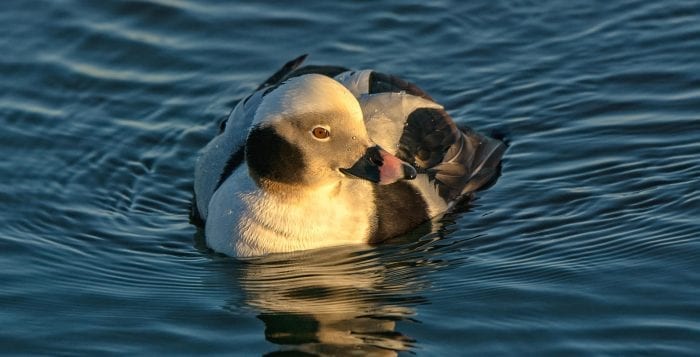By Sapphire Perera
People of low-income, and especially minorities, constantly struggle with the financial and social hardships that arise from racism. While the financial disparities and social injustices are well known, many are still unaware of the environmental racism that many people and communities endure, and how deadly it actually is. Currently, the COVID-19 pandemic is making this issue more apparent and is increasing the need for awareness about environmental justice.

Environmental racism is a form of systemic racism where people of color are disproportionately impacted by environmental hazards through policies and practices. It has existed in America ever since the Europeans made contact with the Native Americans, and it has progressively worsened with the Industrial Revolution and the increasing amount of toxic waste and new technology that is being created.
The working populations that lives in low-income communities aren’t given the power to have their voices heard regarding environmental laws. Moreover, the land in these areas is cheaper for industrial actors to acquire. This is why about 70% of contaminated waste sites are located in low income communities. With such a great imbalance of political power between the upper class, less diverse neighborhoods and the low-income African American neighborhoods, the latter’s communities are being subjected to the greater amounts of air pollution, toxic waste sites, landfills, lead poisoning and flooding.
The health effects from environmental racism are extremely harmful and lethal. Most often, people of low income communities who are subjected to environmental racism will see increases in obesity, asthma, diabetes and many different cancers because they are living amongst industrial toxic chemicals and toxic waste.
One example that demonstrates the harmful effects of environmental racism is the so-called Cancer Alley in Louisiana along the Mississippi River. In 1987, African Americans of low-income neighborhoods started noticing an abundance of cancer cases within their community. People began making the connection between cancer cases and the 85-mile-long stretch of oil refineries and petrochemical plants. The petrochemical plants are extremely harmful to human health because petrochemicals can be absorbed through the skin or ingested and will accumulate in tissues and organs. They can then cause brain, nerve and liver damage, birth defects, cancer and asthma. This is why living in Cancer Alley increases one’s chance of getting cancer by 50%. Currently, Cancer Alley is also experiencing a highest rate of coronavirus deaths.
Another community that is a target of environmental racism is the African American community of Uniontown, Alabama. On Dec. 22, 2008, an impoundment burst and spilled more than a billion gallons of highly toxic coal ash into the Emory River. The coal ash contained various pollutants such as arsenic, mercury, and lead, which can penetrate deeply into the lungs. Two years after the spill, the Tennessee Valley Authority moved four million cubic yards of coal ash from the Kingston spill to Arrowhead Landfill in Uniontown Alabama. The workers who were sent to clean up the coal ash suffered from brain cancer, lung cancer and leukemia due to exposure. The people of Uniontown Alabama, a low-income African American community, saw similar health effects to that of the workers. Unfortunately, the people of Uniontown did not have any recourse because the Resource Conservation Recovery Act classified the ash as non-hazardous in Uniontown.
‘Environmental racism is a form of systemic racism where people of color are disproportionately impacted by environmental hazards through policies and practices.’
There are hundreds of examples of environmental racism, but we are currently witnessing one of the largest impacts of environmental racism. With the COVID-19 pandemic, we are seeing that African American and other minority communities are being hit hardest by the pandemic all across the country. With a lack of available resources and preexisting conditions that already arise from environmental racism, people of these communities are more susceptible to catching COVID-19. African Americans not only have environmental racism to worry about during this pandemic, but also mass incarcerations for minor misdemeanors, overcrowded housing, and under-funded public transport, which all have been increasing the COVID-19 infection rates. Unfortunately, this connection between pandemics and low-income neighborhoods isn’t new because in the 1990s there were higher mortality rates among communities of color for the HIV pandemic as well.
Different policies and laws set forth by our government have placed African Americans and minorities in these neighborhoods which are subjected to environmental racism. We need to stop hearing news stories of the unbreathable South Bronx air, the North Carolina hog farm raw sewage lakes enveloping African American farmland and lead in the Flint river in Michigan. The environmental justice movement is one way to achieve equity for the African American and disadvantaged neighborhoods because it focuses on fair distribution of environmental benefits and burdens.
Sapphire Perera is a rising senior at Port Jefferson high school. The “Turtle Island,” as the name for this ongoing column refers to the Native American mythology about North America existing on the back of a great turtle that bears every living being on its spine.



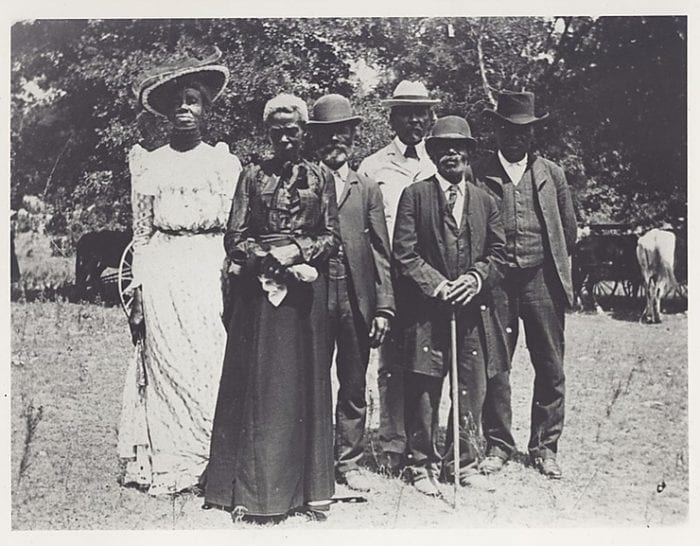
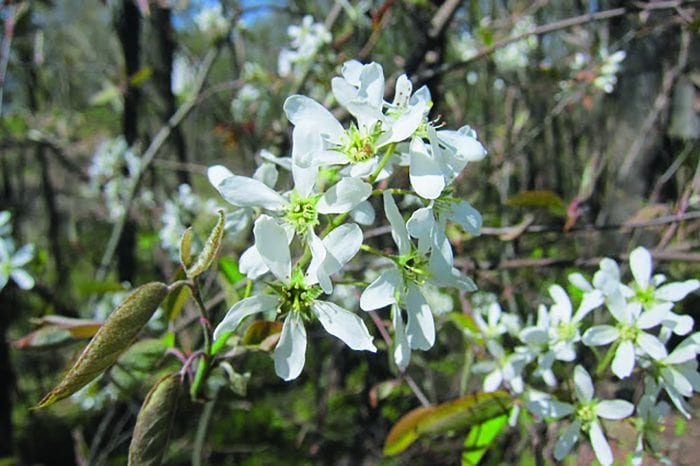
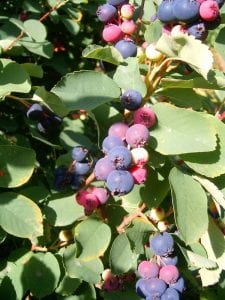
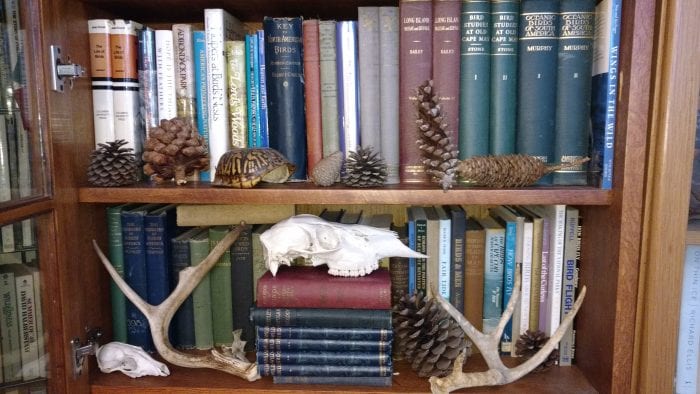
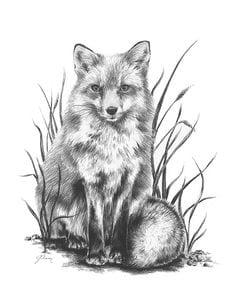 live grey fox, the most recent experience in the autumn two years ago. Spying him before he saw me as I fortuitously was hidden behind a bushy, young Pitch Pine tree, this beautiful grizzled looking animal was patrolling along a sandy trail in the Dwarf Pine Plains of the Long Island Pine Barrens.
live grey fox, the most recent experience in the autumn two years ago. Spying him before he saw me as I fortuitously was hidden behind a bushy, young Pitch Pine tree, this beautiful grizzled looking animal was patrolling along a sandy trail in the Dwarf Pine Plains of the Long Island Pine Barrens.
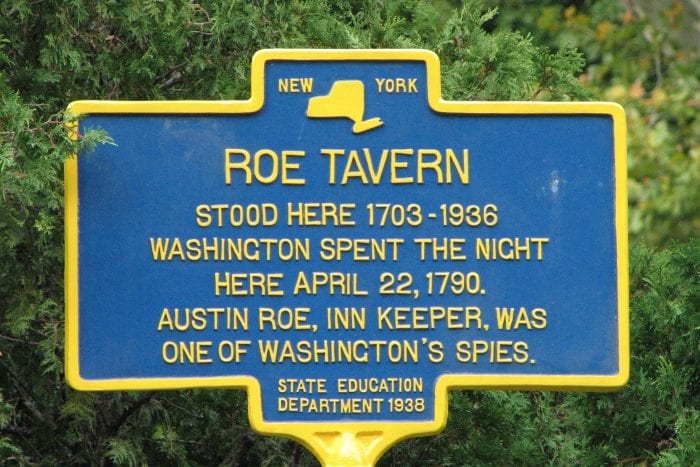

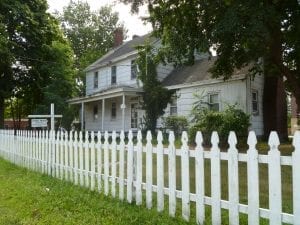
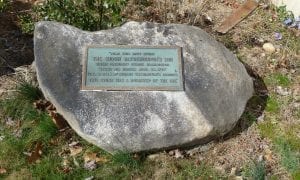

 A resident of Setauket, John Turner is conservation chair of the Four Harbors Audubon Society, author of “Exploring the Other Island: A Seasonal Nature Guide to Long Island” and president of Alula Birding & Natural History Tours.
A resident of Setauket, John Turner is conservation chair of the Four Harbors Audubon Society, author of “Exploring the Other Island: A Seasonal Nature Guide to Long Island” and president of Alula Birding & Natural History Tours.


